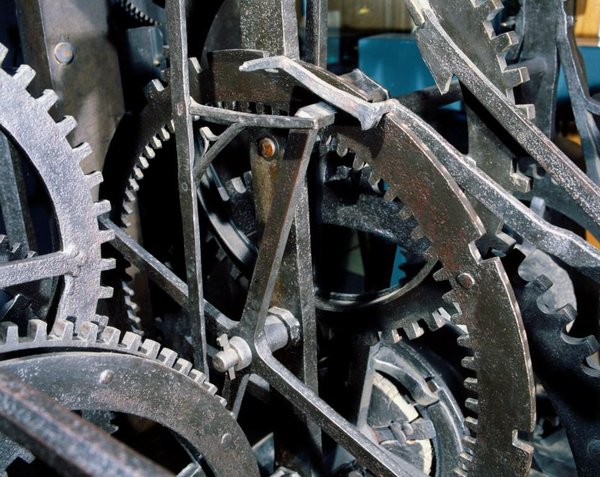'A Visit to the Science and Art Museums'
This post was written by David Rooney
In 1932, the Trinidadian historian and writer, Cyril Lionel Robert (C.L.R.) James, then aged 31, visited the Science Museum in London.
'I hadn’t intended to spend much time there', he wrote. 'I was on my way to the Victoria and Albert Museum. But one of the men I was with, John Ince, is clever at engines and, at least to an ignoramus like myself, learned in the mysteries of mechanics. He persuaded me to go in and, I do not know why, the place had a surprising effect on me.'
The museum had only been open in its present building on Exhibition Road for some five years when James visited. He was, as he described, 'knocked silly' by the sight of a racing seaplane in the front hall, 'one of the most beautiful things I have seen in London.'

But after James had viewed the Science Museum’s aircraft collection, he made his way to the time measurement display and stood gazing at the huge clock from Wells Cathedral, constructed in 1392 and moved to the Science Museum in the nineteenth century where, he observed, 'it ticks serenely on, striking the quarters and the hours, and keeping much better time than the brand-new watch which I bought two weeks ago'.

Standing in front of this iconic clock, James was struck by a feeling of mortality. 'I had a good look at that old clock', he remarked. 'I couldn’t help remembering with envy that in a few years I would probably be gone, while the old beast would probably be there in a thousand years, tick-ticking away, living his narrow but peaceable life.'
It was not until 1989, 57 years after his visit to the Science Museum’s clocks gallery, that C.L.R. James finally passed away, aged 88, in a small flat in Brixton. He had achieved many great things in his momentous life. But he was right: the Wells Cathedral clock keeps on tick-ticking at the Science Museum, over 600 years since it was first set going. And it still offers attentive visitors pause for thought, as it did in 1932.
Turret clock specialist Keith Scobie-Youngs will be speaking about the Wells Cathedral clock (together with other ancient timekeepers) at the AHS London Lecture Series on 20 March 2014. Check the AHS website nearer the time for more details.